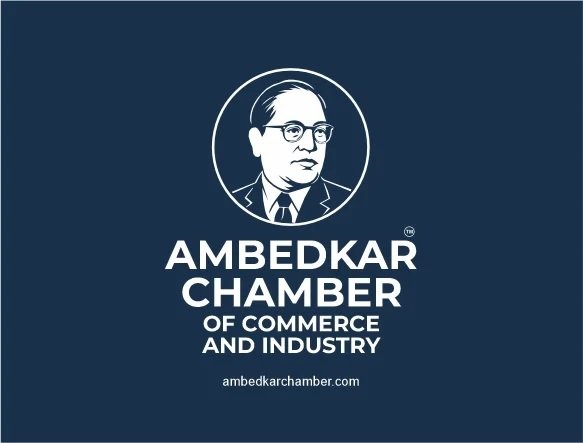According to a report in Business Standard, We need to find a new term for neo banks. That will be ironical, because neo means new. But it will also be apt, because a neo bank is not just a new bank, it is a new way. And not every neo bank wants to become a bank.
The NITI Aayog has suggested a template for digital banks to cater to the large unbanked and underbanked population. It stipulates a two-stage process: first a digital business bank licence and then, after incorporating the learning from the first stage, a digital universal bank licence.
The NITI Aayog roadmap to full-stack digital banking may appear to be an obvious path to take for neo banks, which use an overlay of digital technologies to expand the scope of financial services. Indeed, many neo banks might be enthused by this and brace themselves to become digital banks. We have seen that happen in other countries. In India, we have at least one instance of a neo bank seeking a licence to become a small finance bank.
That’s not surprising; banking has an established business model that does not need to prove itself. Neo banks have yet to demonstrate a sustainable revenue model. But this model is very much there, and it is different from the banking model.
Different Strokes
A successful bank has access to a large pool of capital at a low cost, thanks to its ability to raise deposits, which it can lend at a higher rate and make profit. That requires customers to have an unwavering trust in the bank so that they do not mind getting returns lower than what some other investments can fetch.
Neo banks, on the other hand, use technologies and apps without any baggage of the past to plug gaps, increase the bouquet of offerings, and speed up processes. They bring banking to mobile phone apps and empower the consumer. Various studies put the global market for neo banks between $333 billion and $394 billion by 2026, rising at a CAGR of more than 45 percent from 2019 onwards.
That will happen as customers show an increasing willingness to pay a premium for a better experience and products. Take for example the large number of micro, small, and medium enterprises thirsting for more financial channels. Neo banks can bring in products and services tailored to their needs and help them realize their immense potential for growth and job creation.
There are other reasons why a neo bank might be keen to stay neo, instead of becoming a full-stack digital bank. Becoming a bank means pivoting into an entirely different business — with its incumbent regulations, disclosures, ratios, and other parameters. It is not a simple and easy extension of neo banking. It is doable, but it also a different business.
Besides, it is not easy for a new bank, digital or physical, to become an overnight success. New banks take years to establish themselves. In the early phase, they end up attracting customers by offering high returns. Digital banks, without the reassuring presence of physical branches, might find themselves having to try harder. We can see how some Small Finance Banks are paying well over 8 percent interest on deposits, making their cost of funds nearly twice what established banks have to bear. A higher cost of capital for a bank can make it less competitive in its core revenue-earning business of lending.
In fact, new banks can benefit from partnering with a neo bank.
Partners in Growth
Neo banks in India do not work independently. They are backed by regulated banks as partners. This partnership can prosper in an atmosphere of trust and understanding where each partner has a well-defined role.
It is like how restaurants are good at producing great food, menus, and ambience. But they do not want or need the hassle of receiving orders remotely and organizing deliveries. That is where Zomato steps in, to smoothen the process and enrich the experience for the customer.
Similarly, neo banks can focus on service delivery and charge fees based on their success in getting new customers, engaging with them, and keeping them active. In the process, they will take some financial and logistical burden off their partner banks.
With time, neo banks will build other revenue streams so that banking becomes just one of the many things they offer. They have the potential to become the central card for everything, from banking to insurance to employee reimbursements and payroll processing powered by automation and data. All by staying neo. (Business Standard)















